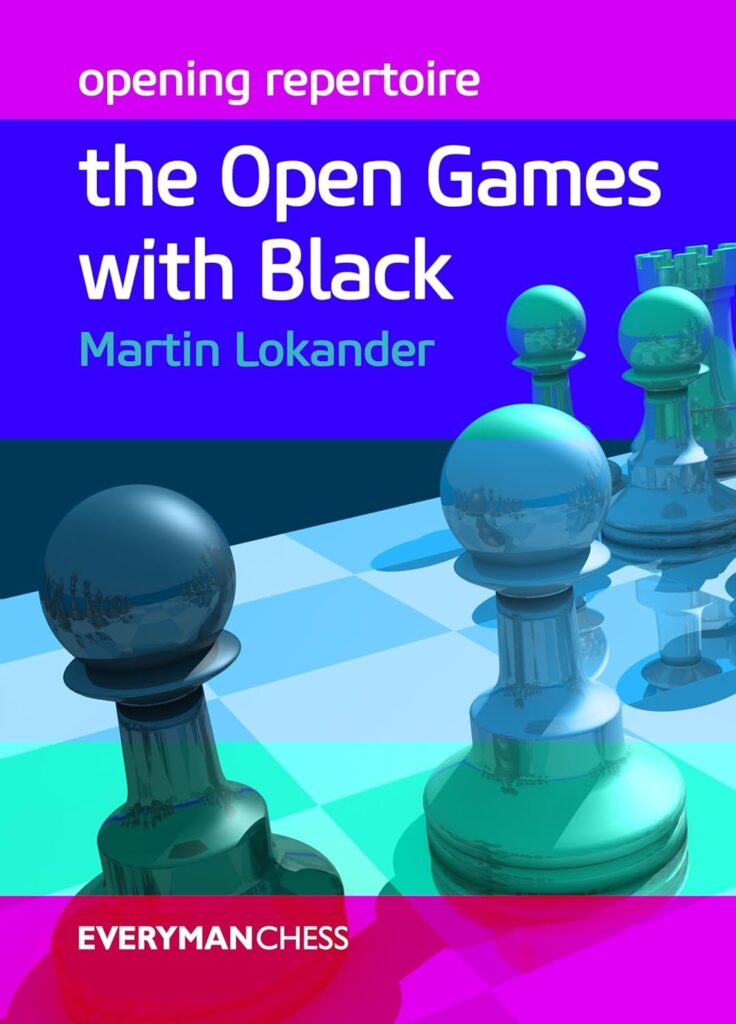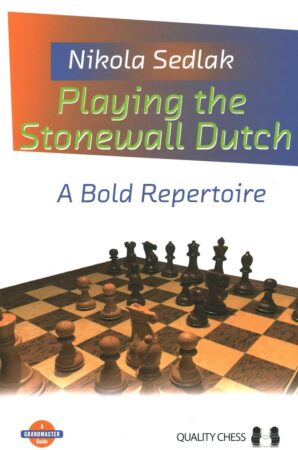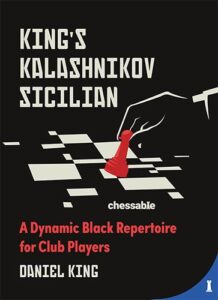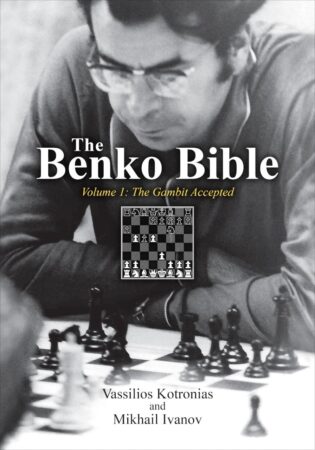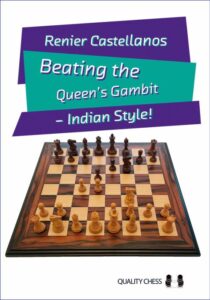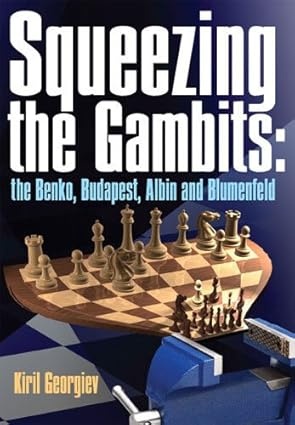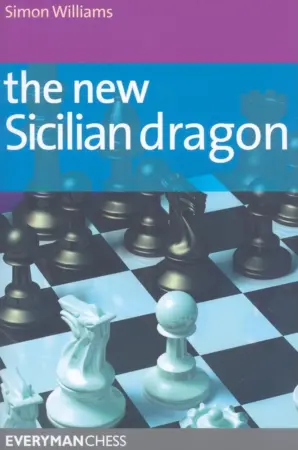1…e5 is the oldest and definitely one of the two most common replies to 1.e4, both at the amateur and professional level. Very often, openings and positions arising after these moves are sharp and tactical (hence the name the Open Games), especially if White doesn’t play the Ruy Lopez. Martin Lokander’s book „The Open Games with Black“ is a book which prepares black for almost all possible openings after 1.e4 e5, except the Spanish game. Since the Ruy Lopez is almost 500 hundred years old and is extremely rich in theory, I guess a repertoire for it would require a book for itself.
The Open Games with Black is a book published in 2015. It is very well organized and the readers find their way quite easily through the chapters and different openings. The author chooses defenses and variotins which give black dynamic play and middle game positions in which black can definitely play for more than just a draw. On the other hand, one can find a lot of lines that are not that common (and yet are always perfectly sound) and will often bring a surprise value to the table as well.
Here’s a great tool for learning openings and building an opening repertoire.
Chessbook allows you to import and practice your repertoire. It focuses on moves people actually play as well as your mistakes. Connect it to your lichess or chess com accounts to correct the biggest gaps in your repertoire!
In the open games white has a lot of dangerous gambits at his disposal and for almost all of them Lokander provides variations which neutralise white’s initiative and sometimes with keeping the extra pawn as well. Just to name a few, I really like his Ng4 variation against a very dangerous Scotch gambit, or more than a hundred years old Qe7 variation to back off the very tricky Boden-Kieseritzky gambit. I also need to mention Schalopp’s defence against King’s gambit which I think was a big surprise at the time the book was released 10 years ago, and even today I guess it is quite unknown to many club players.
I would also like to emphasise that the author explains the ideas behind the openings and lines he provides very well. It is definitely not a boring book that just lists all the variations. To add, one can find several very interesting opening traps, and I myself have managed to successfully play some of them in the tournament over the board games.
In short, this is an excellent book, probably the opening book that influenced my chess the most. It is full of interesting ideas and all variations are engine approved. In my opinion, a must read volume for those who play 1. e4 e5 regularly and a good start for the players who want to add 1…e5 to their repertoire.

